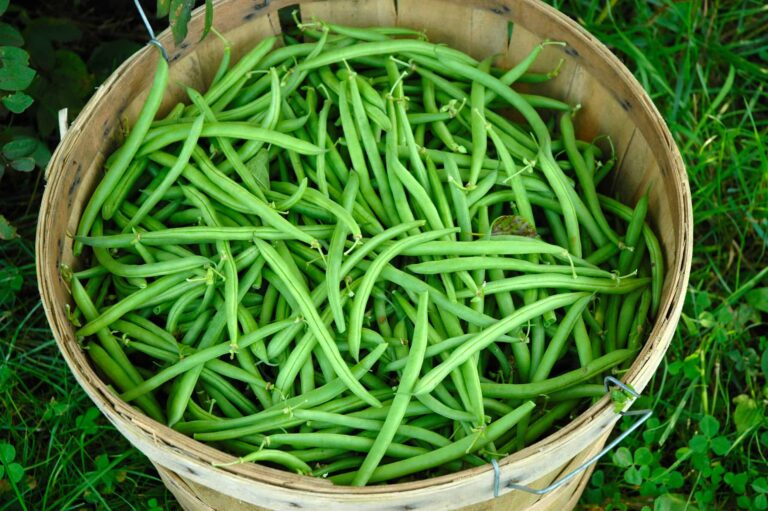When and How to Harvest Tomatoes for the Best Flavor
Harvesting tomatoes at the right time ensures the best flavor, texture, and nutritional value. Over the years, I’ve learned that picking tomatoes too early results in bland fruit, while waiting too long can lead to splitting or overripeness. The key is knowing what to look for and how to handle your tomatoes to get the…






